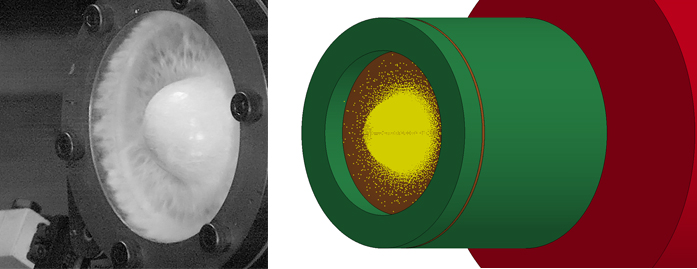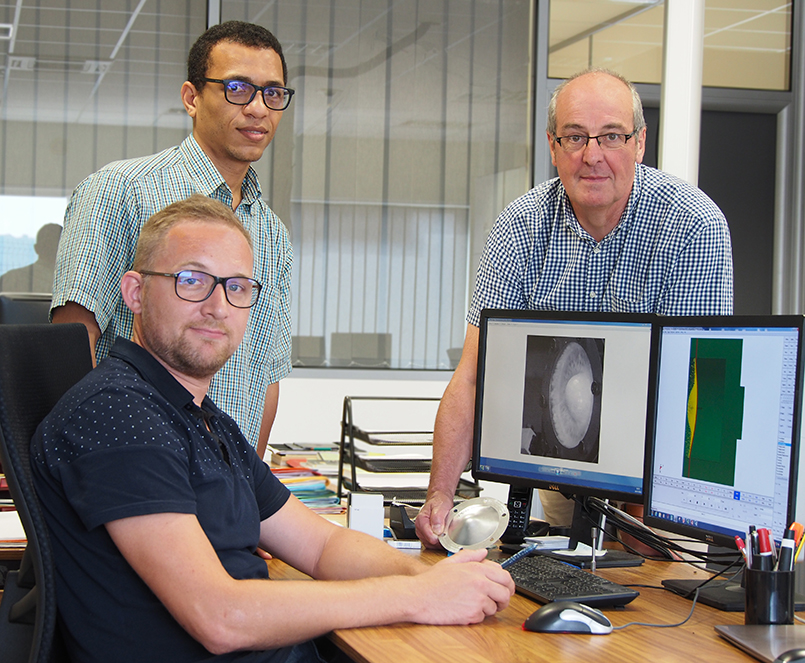
The outcome of four years of research: Thiot Ingénierie, in collaboration with two research laboratories, has succeeded in developing ice that behaves just like hailstones formed in the atmosphere. This innovation will revolutionize impact testing for the certification of aeronautical structures.
Four years ago, our R&D team submitted the IMPAGREL program (a RAPID type program supported by the French Defense Procurement Agency, DGA), focusing on the vulnerability of civil and military aeronautical structures to the impact of hailstones. Paul Deconinck, one of the architects of this research, explains: “As part of the certification testing we carry out, and in accordance with the ASTM-F320 standard, it is used to add cotton as a reinforcement of the artificial hailstones we were using. In-house tests revealed the lack of representativeness of this “reinforced ice”, we therefore proposed the IMPAGREL program which was accepted by the DGA. The main objective was to develop an ice with an impact behavior as close as possible to a real hailstone, in order to guarantee our customers even more reliable results.”

A part of Thiot Ingenierie R&D team involved in the project: Paul Deconinck, Hakim Abdulhamid and Pierre-Louis Héreil.
The research was carried out in collaboration with two laboratories, IGE of the University of Grenoble and LaMCoS of INSA Lyon. Various types of ice were tested throughout the study in different impact configurations. Their behavior was compared to that of real hailstones that had been collected, then helping to develop the most representative ice. At the end, these tests led to the development of a reliable and relevant shock behavior model for this ice.
Produced and shaped within our laboratory, this ice now represents added value for the tests on civil and military aeronautical structures that we perform for our customers. This major breakthrough also consolidates our expertise in ice impact behavior modeling. We make this knowledge available to our customers to help them understand the phenomena involved in hailstone impacts.
